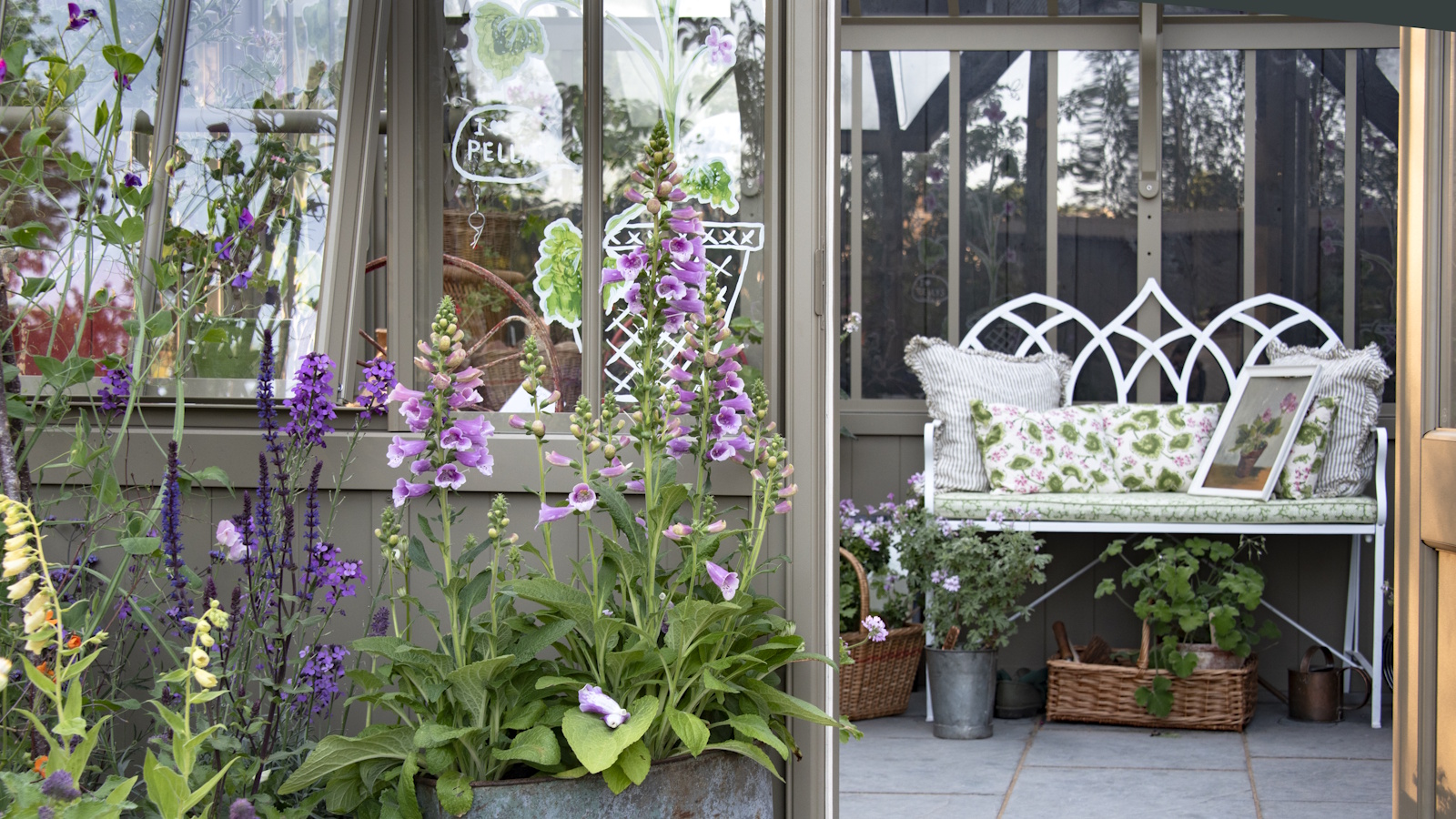
Getting ready to go on vacation seems to take an increasing amount of effort these days. There is so much to organize before you even leave the house, not least making sure all your beautiful container plants have access to water whilst your gone. I've spent hours bringing mine indoors, sitting them in the bathtub, or moving them into shady spots in an effort to keep them alive over the summer. But now I have found a much more effective solution: Terracotta watering spikes.
Watering spikes, also known as irrigation spikes, gradually release water towards the roots of your container plants, and take less than five minutes to set up. These cone-shaped devices, often crafted out of terracotta, work in a similar way to garden ollas (an ancient self-watering trick where a terracotta system is buried under the soil). The difference is when using an irrigation spike, the amount of water your plants are receiving is clearly visible at all times, as well as easy to top up.
Whether you plan to go out of town or you're looking for a simple solution to help remember to water your plants in containers, using terracotta irrigation spikes might be just what your plants needs. Here's how they work, and why this is a key way I'll be watering my pots this summer.
How do terracotta irrigation spikes work?
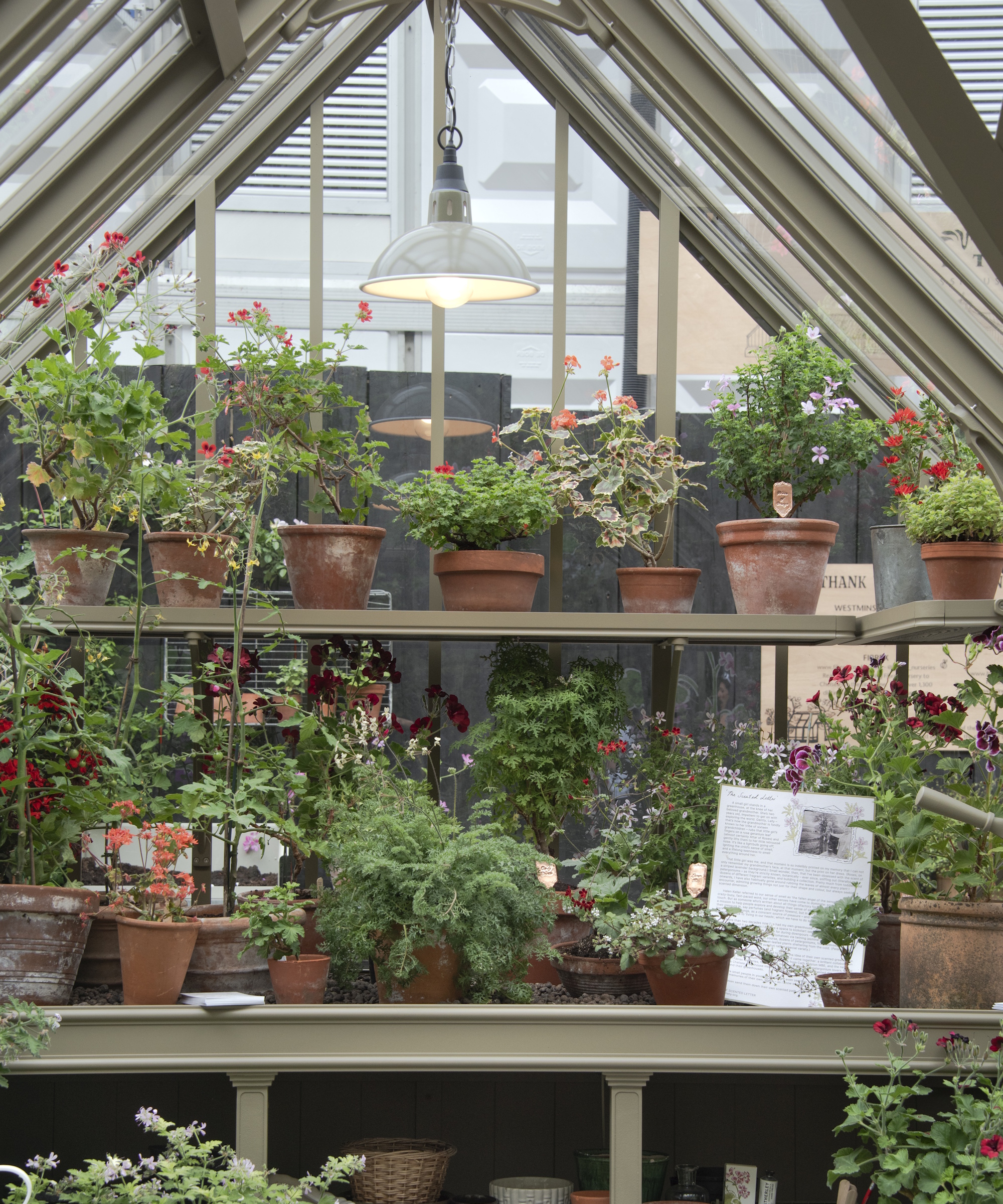
Terracotta watering spikes are incredibly easy to use, making them a great choice for beginners looking to upgrade their watering schedule. They work by being inserted into the soil, placing the tip near your plant's root, and upending a bottle of water into the funnel. The water will gradually release towards the root when it's time to water plants as the soil begins to dry, ensuring your plants have an adequate water source.
Michael Clarke, landscape architect, and horticulturalist, explained it to us in more detail. 'Because terracotta is porous, the water slowly seeps out through the clay into the surrounding soil. As the soil dries out, it draws more moisture from the spike and when the soil is moist, the release of water slows down.
'It is a very efficient method because water is delivered directly to the roots, and watering plants from the bottom reduces evaporation and surface runoff. It provides a consistent, low-effort watering system, which is especially useful in hot weather or when you're away.'
It's important to note that terracotta irrigation spikes aren't particularly long or deep, so they would struggle to reach deep into the soil if used directly in a flower bed. This makes them the perfect summer accompaniment for your container plants though, and once the bottle is empty you have an easy way to measure how much water your plants drink with the changing season.
How long will the water last?
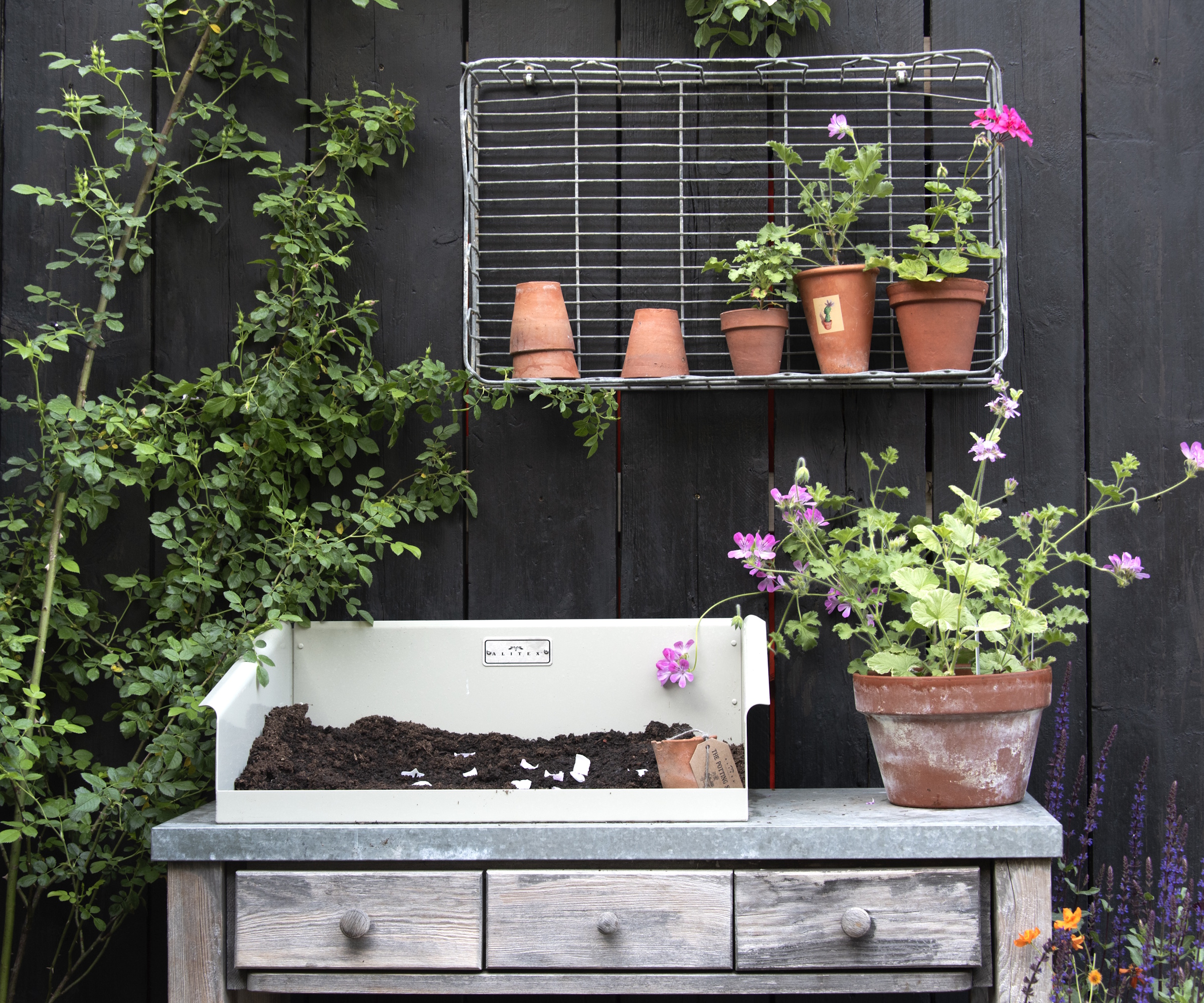
How long the water in your terracotta irrigation spike will last depends on a number of factors including how large the spike is, how large the bottle of water is that was put into the spike, the type of soil in your containers, the kind of plant you're watering, and the climate you live in.
Experts say irrigation spikes tend to guarantee three days worth of irrigation when watering plants in hot weather. They aren't an alternative to paying attention to watering your plants in the long-run, so if you're going out of town for more than a week you may need a trusty neighbor or friend to replace the water in the bottles for your plants to stay hydrated.
Siobhan Shaw, co-founder at Growing to Give, has used terracotta watering spikes before and found them to be useful. But after going out of town for an entire week her plants began to suffer. 'I tried the terracotta spike and bottle trick during a week-long trip, but unfortunately, my plants didn’t make it,' says Siobhan. 'As the temperatures climbed, the water ran out and my plants were left thirsty.'
If you're going on a weekend get-away, these irrigation spikes will work wonders, but if you're trying to figure out how to water plants while on a longer vacation, look into a self-watering system like the Rainpoint sprinkler timer from Amazon.
What plants do terracotta irrigation spikes work best for?
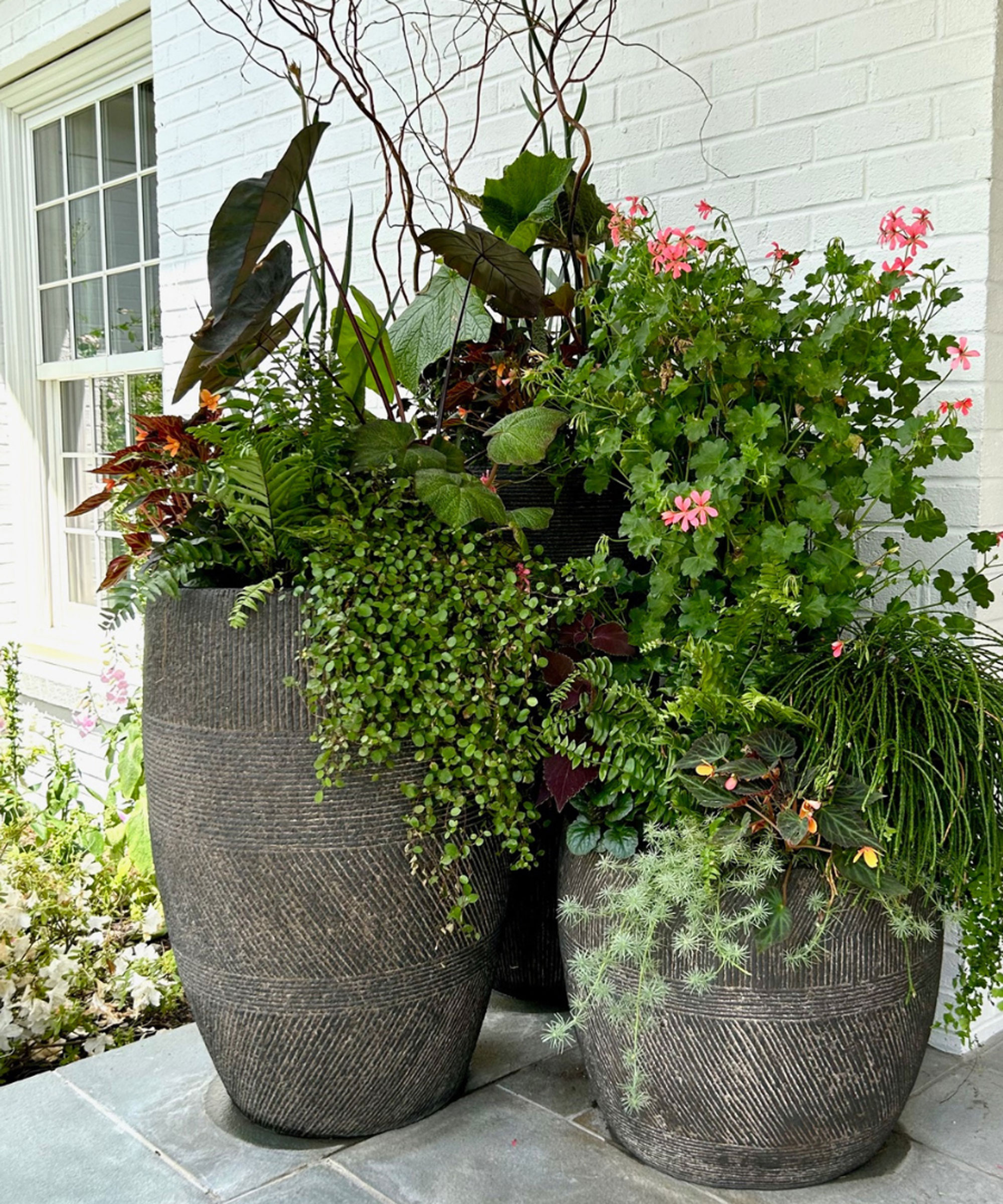
Certain kinds of plants favor terracotta irrigation spikes.
'Terracotta watering spikes work best with plants that like consistent, moderate moisture at the root zone,' says Michael. 'Vegetables like tomatoes, peppers, eggplants, cucumbers, zucchini, lettuce and leafy greens, and potted flowers and ornamentals like petunias, geraniums, impatiens, begonias, calibrachoa, and fuchsias are some examples.
'Indoor houseplants like peace lilies, ferns, spider plants, pothos, philodendrons, and calatheas, and herbs like basil, parsley, cilantro, and mint will also collaborate well with the terracotta spike's method of releasing water.'
It's best to avoid using terracotta irrigation spikes on cacti and succulents, as well as in large flower beds. A small spike or two won't be enough to keep everything watered so stick to containers of plants that don't mind consistent moisture for the best results.
Shop this handy watering hack

This pack of six contains large watering spikes designed to assist plants that prefer larger amounts of water. A larger spike will also hold water for a longer period of time.
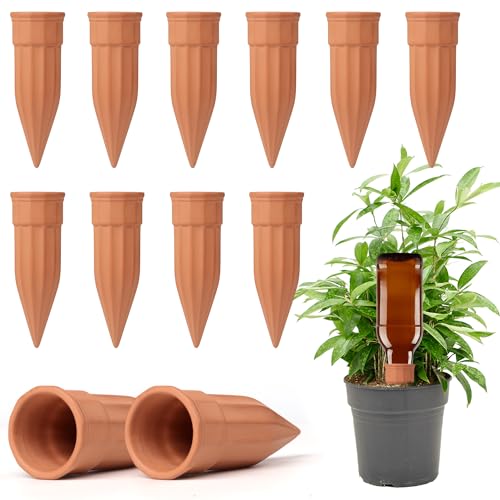
These small watering spikes are perfect for little potted plants, indoors or outdoors.
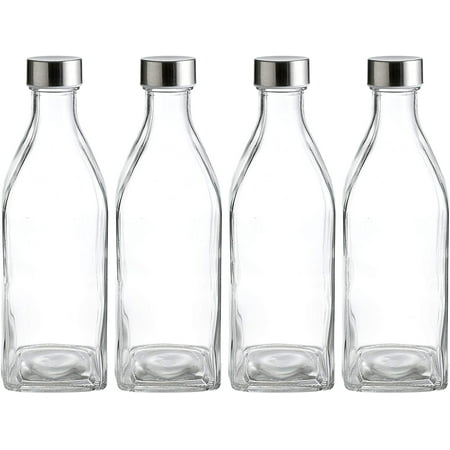
Glass bottles are useful to use with your terracotta irrigation spikes as you can always see the water level. Just be sure to check whether your bottle's opening is the right size for the spike.
If you spend a lot of time away from home, investing in low maintenance plants for pots will greatly help to reduce your stress about leaving them for a time. There are lots of varieties out there, whether you're looking for flowers or foliage.







